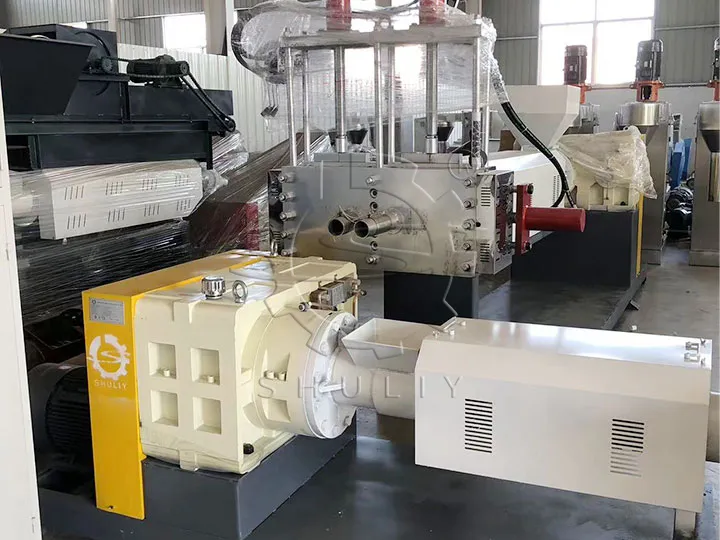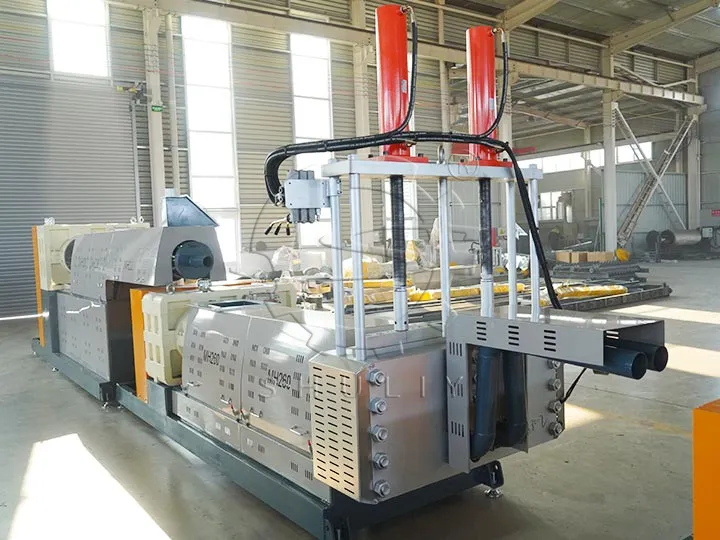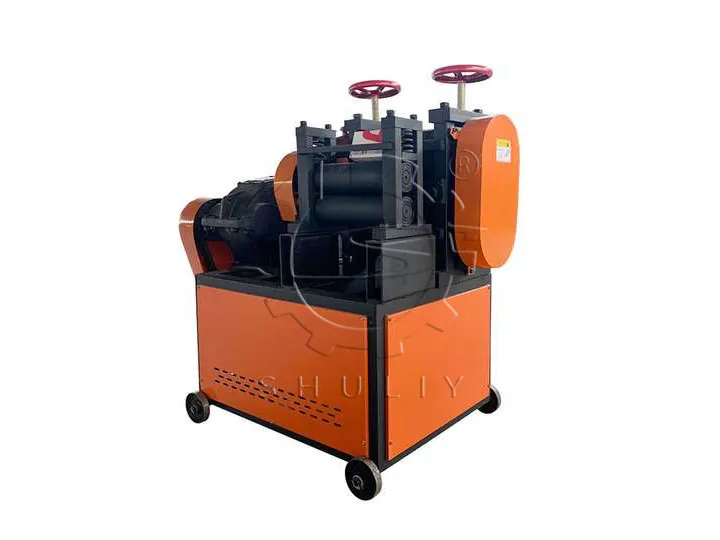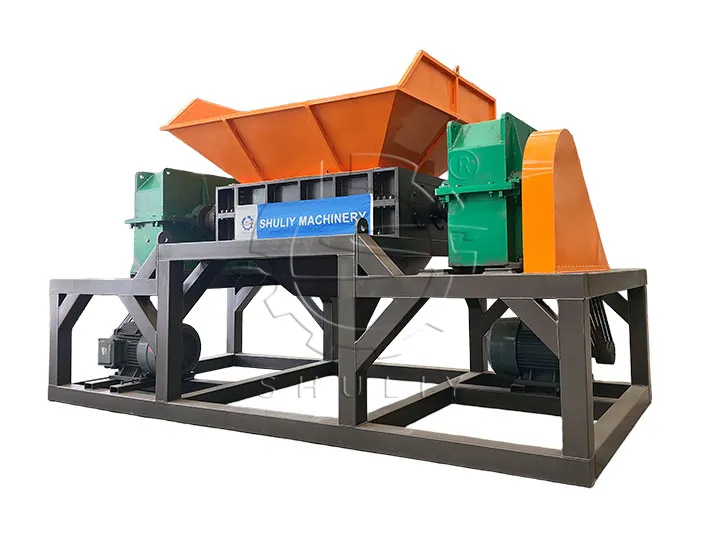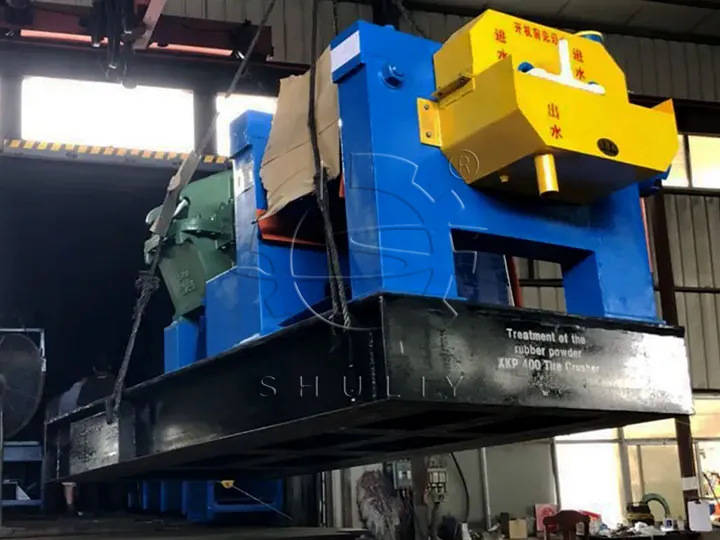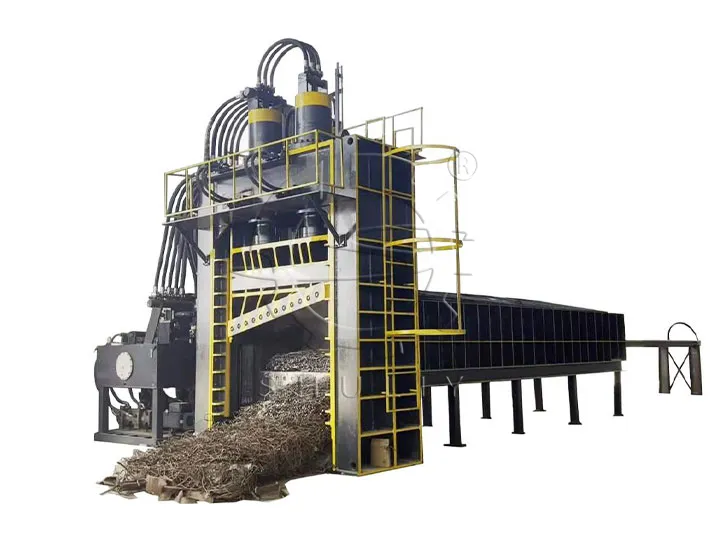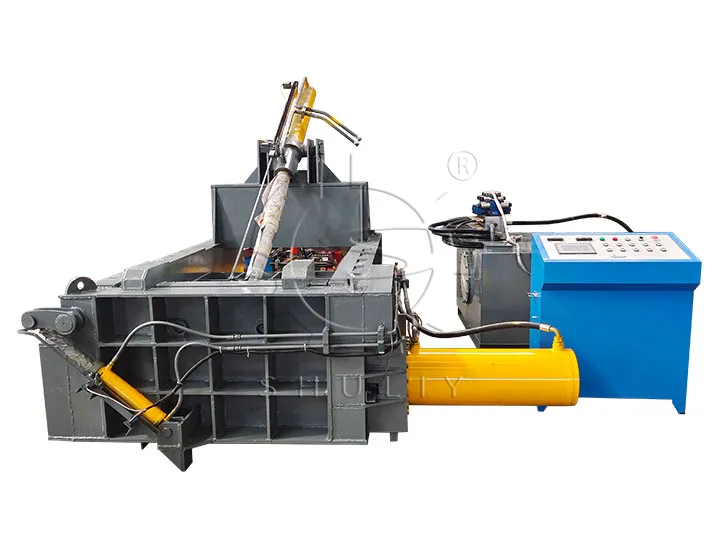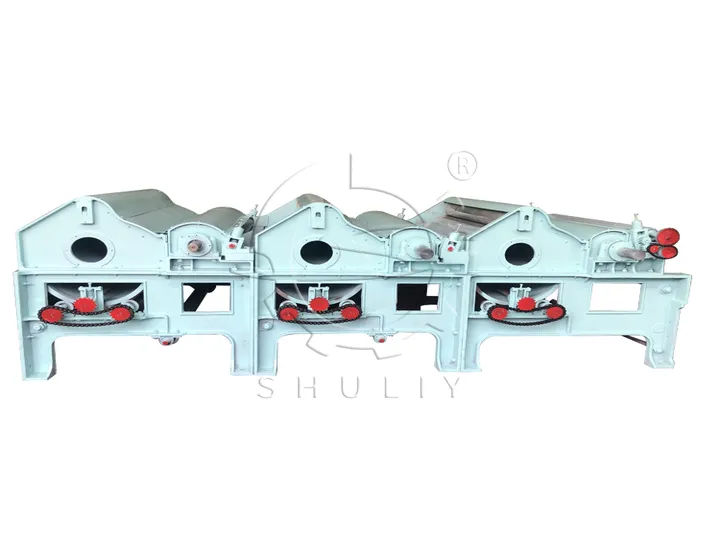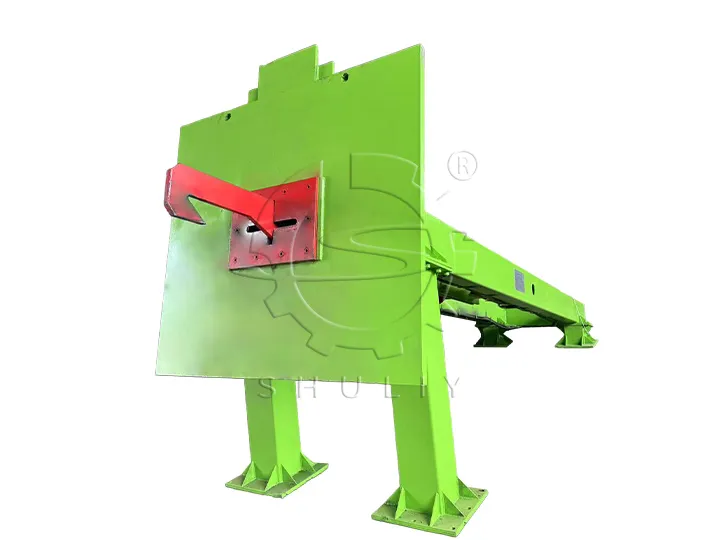Dalam proses daur ulang plastik, mesin pelet plastik merupakan peralatan penting yang digunakan untuk mengolah bahan baku plastik menjadi butiran untuk proses pencetakan selanjutnya. Namun terkadang terjadi beberapa kecelakaan pada saat proses produksi, seperti munculnya bintik hitam pada butiran plastik. Lantas, darimana asal mula flek hitam tersebut? Mari kita lihat lebih dekat.
Penyebab Flek Hitam Pada Pelet Plastik
Kualitas Bahan Baku
Salah satu penyebab munculnya flek hitam pada pelet plastik bisa jadi adalah masalah pada bahan bakunya sendiri. Terkadang, bahan mentah mungkin terkontaminasi selama produksi, pengangkutan, atau penyimpanan, sehingga menimbulkan kotoran tercampur, yang mungkin menjadi salah satu sumber bintik hitam.
Kontaminasi Selama Pemrosesan
Selama pengoperasian mesin pelet plastik, jika terdapat kontaminasi pada peralatan itu sendiri atau bagian tambahannya, seperti tong, sekrup, dan komponen lainnya, atau jika menggunakan air pendingin yang tidak bersih, hal ini dapat mengakibatkan munculnya bintik hitam pada mesin pelet. pelet plastik tersebut.
Suhu Berlebihan
Plastik perlu dipanaskan hingga suhu tertentu selama pemrosesan untuk memfasilitasi deformasi plastik, namun suhu yang terlalu tinggi dapat menyebabkan dekomposisi termal pada plastik dan terbentuknya kotoran berwarna atau hitam, yang dapat membentuk bintik hitam pada pelet plastik.
Mesin Pelet Plastik Keausan
Jika komponen dari mesin granulator plastik aus parah, seperti goresan atau abrasi pada permukaan sekrup, abrasi ini dapat tercampur ke dalam plastik dan membentuk bintik hitam.
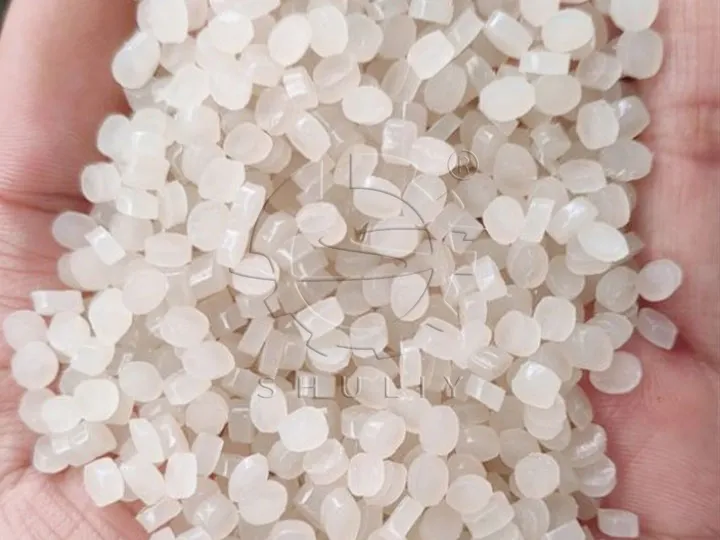
Bagaimana Cara Mengatasi Masalah Bintik Hitam?
- Meningkatkan penyaringan bahan mentah: Penyaringan dan pembersihan sampah plastik yang ketat sebelum produksi untuk menghilangkan kotoran dan benda asing.
- Pembersihan dan Perawatan Peralatan Secara Teratur: Lakukan pembersihan dan perawatan rutin terhadap mesin granulator limbah plastik beserta perlengkapan tambahannya, terutama pengecekan komponen-komponen utama seperti tong dan sekrup untuk memastikan kebersihan dan pengoperasian normal peralatan.
- Kontrol suhu pemrosesan: Dalam proses pemrosesan, kendalikan suhu pemanasan secara ketat untuk menghindari suhu yang terlalu tinggi yang menyebabkan dekomposisi termal plastik untuk menghasilkan kotoran.
- Penggantian suku cadang yang aus tepat waktu: Setelah Anda menemukan bahwa bagian-bagian penting dari plastik mesin pelet jelas mengalami keausan, gantilah tepat waktu untuk mencegah keausan mencemari butiran plastik.
